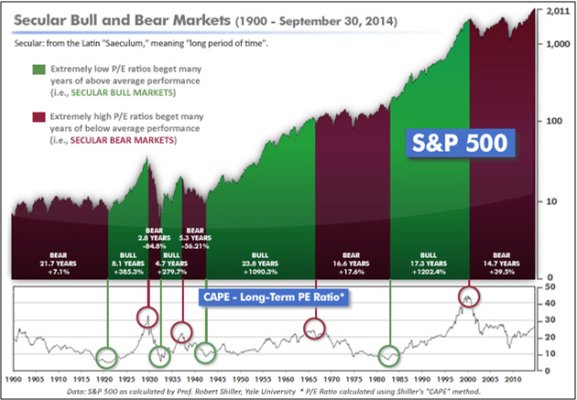eta2020
Thinks s/he gets paid by the post
- Joined
- Sep 13, 2013
- Messages
- 1,248
S&P 500 Dividend by Year
However if you lived of off dividends only (not selling equities) then only 20 year period starting in 1928 would somewhat hurt you.
Dividends for most part at least maintained its real values even during hard times.
So I would simplify argument to stating worst come to worst you can count only on dividend yield and make living from it and you will be fine.
However if you lived of off dividends only (not selling equities) then only 20 year period starting in 1928 would somewhat hurt you.
Dividends for most part at least maintained its real values even during hard times.
So I would simplify argument to stating worst come to worst you can count only on dividend yield and make living from it and you will be fine.
Last edited:


